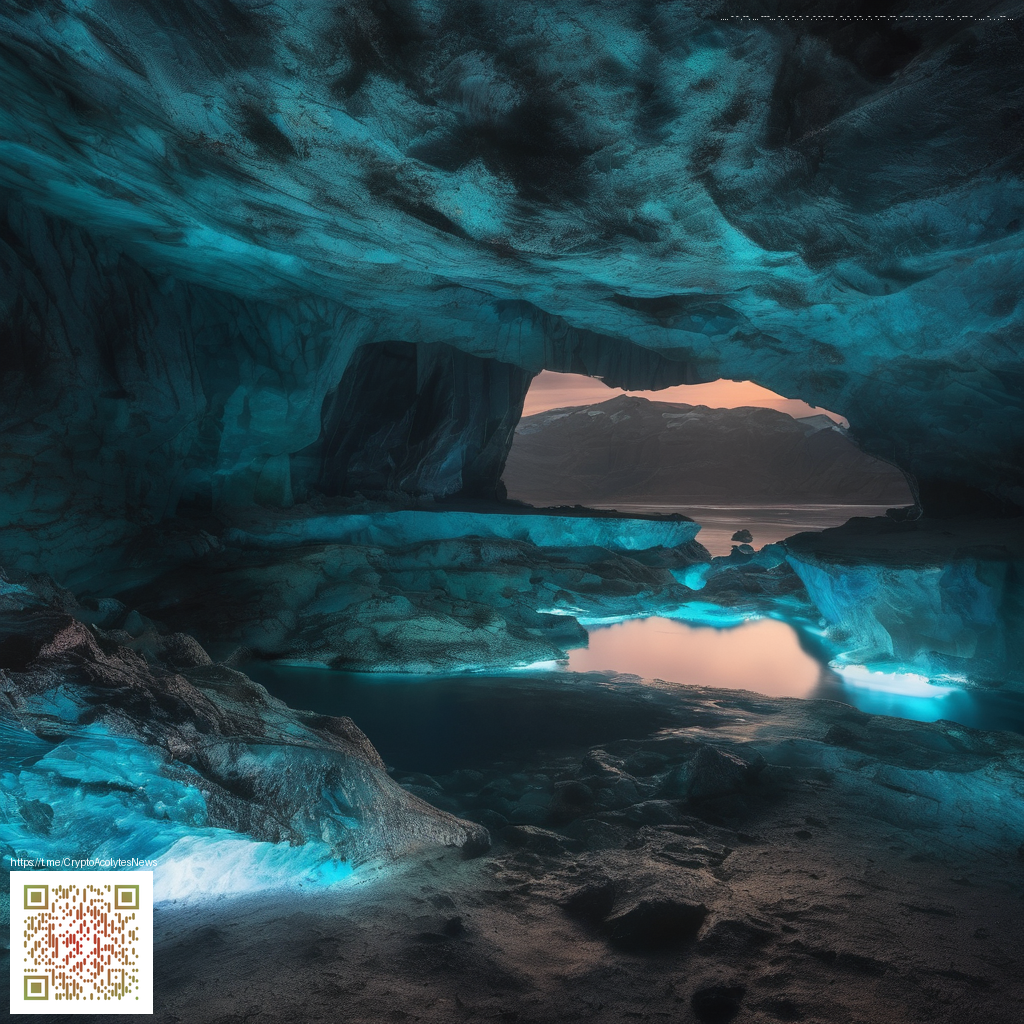
Non-fungible tokens (NFTs) are often framed as art, but the technology behind them has practical applications that reach far beyond the gallery. At their core, NFTs encode ownership, provenance, and programmable rules into a digital asset. That combination unlocks new ways to represent value, verify authenticity, and automate interactions across industries 🚀. As digital ecosystems grow more complex, understanding NFT use cases in finance, gaming, and beyond becomes essential for developers, investors, and everyday users alike 💡.
Finance that feels programmable and accessible 💳
In finance, NFTs can convert intangible rights into verifiable tokens. Tokenized financial instruments—such as fractional ownership in real estate, royalties for music or software, and even venture debt—can be minted as NFTs to enable clear transfer, custody, and audit trails. This reduces friction in secondary markets, while smart contracts enforce rules like payout schedules, royalty splits, or lien priorities automatically. The result is more透明 processes and fewer intermediaries, which can lower costs and speed up settlement times.
Consider how a simple NFT deed might codify ownership of a physical asset or a digital-rights bundle. By linking to on-chain verifications and off-chain documents, these tokens serve as a trusted anchor for both buyers and lenders. It’s not about replacing traditional systems overnight; it’s about augmenting them with transparent, auditable layers that reduce counterparty risk and improve liquidity 💼🔗.
Gaming and virtual economies: ownership that travels 🎮
Gaming is perhaps the most visible arena where NFTs shine. In-game items—skins, weapons, land parcels, and avatars—can be minted as NFTs, giving players true ownership and the ability to trade assets across games or platforms. That portability introduces new revenue models for developers and meaningful choices for players: unlimited customization, verified scarcity, and the potential for cross-title interoperability. When developers embed smart contracts into gameplay mechanics, ownership becomes a dynamic property—earning, crafting, or staking in a way that persists beyond a single game session 😎.
Beyond purely cosmetic items, NFTs can encode rare drops, limited-time access passes, or governance rights within a game’s ecosystem. In a sense, players hold a piece of the platform itself, aligning incentives and rewarding community participation. This shift has sparked innovations in play-to-earn mechanics and digital-asset economies that mirror real-world market dynamics, with the potential to change how we think about digital literacy and value in entertainment 🕹️💎.
Identity, credentials, and reputation 🛡️
Identity verification and credentialing are ripe for NFT-enabled improvements. Instead of scattered verifications across platforms, NFTs can consolidate proof of qualifications, certifications, or membership in a tamper-evident, interoperable format. Imagine a digital wallet where your credentials—issued by schools, employers, or industry bodies—are minted as NFT tokens. Verifiers can check authenticity quickly, while revocation or expiration is automatically enforced by smart contracts. In trust-sensitive contexts, this reduces fraud, accelerates onboarding, and preserves user control over personal data 🤝🔐.
Another advantage is reputation. An NFT-based reputation token can accumulate history across services—badges, course completions, service milestones—creating a portable, citable record. The idea isn’t to replace existing IDs but to augment them with a flexible, verifiable layer that travels with you online 🌐.
Real estate and provenance: tangible value on-chain 🏠
Real estate, vehicles, and other physical assets can be represented by NFTs that anchor titles, liens, and histories to immutable records. Tokenizing access rights—like timeshares or rental agreements—can streamline transfers and reduce paperwork. For investors, NFT-based provenance reduces the risk of title disputes and simplifies due diligence with transparent histories, verified by independent oracles and auditors. The fusion of on-chain custody and off-chain documentation fosters a more efficient market for high-value assets, where trust and traceability matter most 🧭.
Music, tickets, and experiences 🎟️
In entertainment, NFTs can certify ownership of a track, album rights, or limited-edition physical-digital bundles. Concert tickets minted as NFTs can combat counterfeiting and enable seamless resale with programmable royalties for artists. For fans, this means access to exclusive experiences, early releases, or behind-the-scenes content tied to a token. The synergy between music, events, and digital ownership creates enduring value that extends beyond a single performance 🎶.
“NFTs aren’t just JPEGs; they’re programmable representations of ownership, rights, and access—capable of enforcing rules and delivering value long after the sale.”
Beyond these use cases, NFTs touch education (certificates and lifelong learning records), healthcare (consent and data provenance), and supply chain (authenticity, batch tracing, and certifications). The common thread is trust through verifiability—tokens that carry not just a name, but a set of rules you can audit and rely on. As organizations experiment with governance tokens and interoperable standards, the line between digital ownership and real-world rights continues to blur in productive, user-centric ways ✨.
Practical tips for exploring NFT-enabled workflows 🧭
- Focus on interoperability: look for standards and APIs that enable cross-chain or cross-application usage rather than siloed implementations.
- Evaluate custody and liquidity: ensure you have secure wallets and clear rules for transferring or selling tokens; consider the impact of gas fees and scaling solutions.
- Assess governance potential: NFTs are often paired with smart contracts that enable participant voting, royalties, or access control—think about how you’d want to participate.
- Remember privacy: many applications rely on public ledgers; weigh the benefits of transparency against the need for confidential data sharing.
When planning a mobile setup for NFT ventures, small, protective touches can matter. For example, a Neon Slim Phone Case for iPhone 16 keeps your device secure while you research marketplaces, manage wallets, and engage with communities on the go. Aesthetics aside, a strong case is a quiet ally in a fast-moving space 😊📱.
As the NFT landscape continues to mature, businesses and individuals will increasingly rely on tokens to encode value, rights, and trust in a scalable, automated way. The best approach is to stay curious, experiment with proven use cases, and prioritize standards that promote openness and interoperability. The journey from art to utility is ongoing, and the terrain is as exciting as it is complex 🚀.